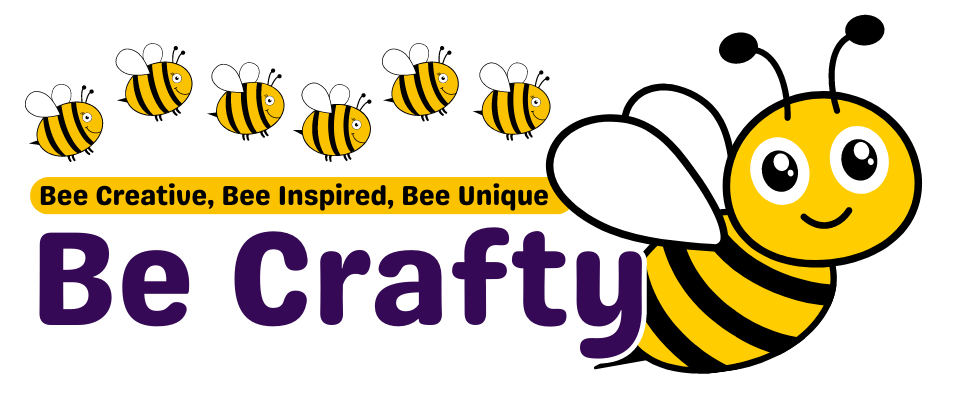Embroidery is a beautiful and intricate art form that allows crafters to create stunning designs on fabric. Whether you are new to embroidery or an experienced stitcher, transferring designs onto fabric and achieving successful embroidery projects can be a challenge. This article will explore various tracing methods for transferring designs onto fabric and provide tips for successful embroidery projects.
Tracing Methods
There are many methods to transfer designs onto fabric, including:
- Tracing Paper: This is one of the most popular methods for transferring designs. Place the tracing paper over your design and trace it using a pencil or a water-soluble pen. Then, place the traced design on the fabric and secure it with pins or masking tape. Using a lightbox or a window, trace the design onto the fabric using a water-soluble pen or an iron-on transfer pencil.
- Iron-on Transfers: These are pre-printed designs that can be easily transferred onto fabric using an iron. Place the iron-on transfer on the fabric, cover it with a pressing cloth, and press down firmly with a hot iron for about 30 seconds. Allow the transfer to cool before removing the paper backing.
- Carbon Paper: Carbon paper can be used to transfer designs onto dark fabrics. Place the carbon paper between your design and the fabric, then trace over the design with a stylus or ballpoint pen to transfer it onto the fabric.
- Water-Soluble Stabilizer: This method is ideal for transferring detailed designs or designs that need to be removed after stitching. Print or draw your design onto water-soluble stabilizer, then place it on top of your fabric and secure it with pins. After you have completed stitching your design, simply rinse away the stabilizer with water.
- Freehand Drawing: If you have artistic skills, you can draw your design directly onto the fabric using a water-soluble pen or a disappearing ink pen. This method allows you to create unique and original designs.
Tips for Successful Embroidery Projects
- Choose the right fabric: Selecting the appropriate fabric for your embroidery project is essential. Lightweight fabrics like cotton, linen, and silk are ideal for beginners, while more experienced stitchers may opt for heavier fabrics like denim or canvas. Ensure that your fabric is pre-shrunk and ironed before starting your project.
- Use a stabilizer: Using a stabilizer can help prevent puckering and distortion in your embroidery. Choose the appropriate stabilizer based on your fabric type and the density of your design. Stabilizers can be tear-away, cut-away, or water-soluble.
- Select the right needle: The type of needle you use depends on the fabric and thread you are working with. For example, sharp needles are suitable for woven fabrics, while ballpoint needles are ideal for knits. The needle size should correspond to the thickness of your thread.
- Choose the correct thread: Embroidery threads come in different materials and weights, such as cotton, silk, rayon, and polyester. Choose a thread that complements your fabric and design, keeping in mind that thicker threads will create bolder stitches while thinner threads will result in more delicate stitching.
- Practice your stitches: Before starting your project, practice different embroidery stitches on scrap fabric to ensure you are comfortable with them and can achieve consistent results.
- Maintain proper tension: Maintaining even tension throughout your embroidery project is crucial to achieving professional-looking results. Make sure to keep a consistent tension on both the top and bobbin threads to prevent puckering or loose stitches.
- Secure your fabric: Use an embroidery hoop or frame to keep your fabric taut and stable while you work. This helps to maintain even tension and prevent puckering.
By following these tracing methods and tips, you can create beautiful embroidery projects with ease. Remember to practice your stitches, maintain proper tension, and choose the right materials to achieve the best results.


